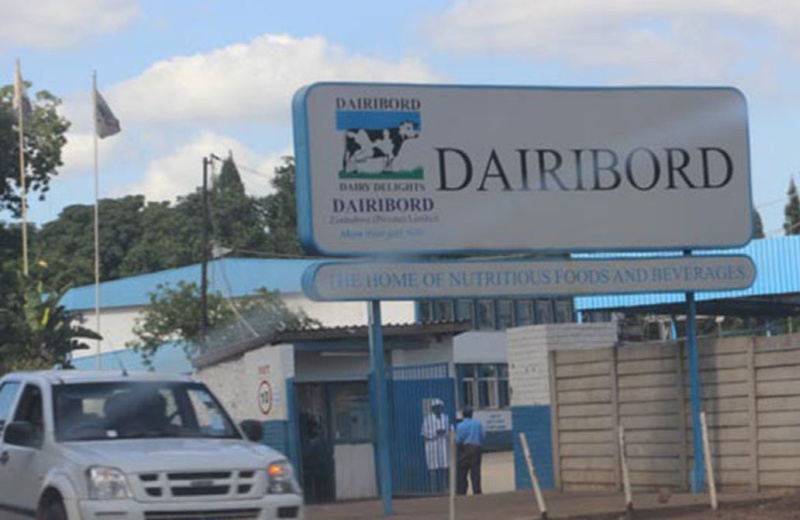Dairibord aims for regional dominance
Dairibord, the country’s largest milk processor, expressed concern over the duration of the borrowings, where many financial institutions lend money on short terms at high interest rates, saying it is limiting capital spending.
This comes as market watchers claim that despite the central bank’s reduction of the policy rate from 150 percent to 140 percent, interest rates in Zimbabwe are still excessively high.
In order to reduce speculative borrowing, which the bank claimed was fostered by sub-inflationary rates and stockpiling inflation, the country’s borrowing rates were increased last year.
“The biggest problem that we have in the local environment is the tenure of the borrowings, where a lot of the financial institutions are lending short-term money at very high interest rates,” Dairibord chief executive officer Mercy Ndoro told an analyst briefing.
“So that tenure also becomes a problem when you want to invest in capital equipment, which obviously requires long term money.”
Like any other business, the milk processor has not been spared from power cuts. She expects the Zimbabwe dollar to continue depreciating against the greenback. This has, however, created pricing challenges in the market, despite some threats from authorities over the use of black market rates.
“Our local currency remains under pressure; we see the exchange rate running away and also reported inflation.
“The issue of electricity and water remains a key thing for us as a business, both in terms of supply and also in terms of costs and we are looking at ways to mitigate the negative impacts of that on our business.
“Margins will obviously remain under pressure due to inflation and the effects of electricity and we also see the erosion of disposable incomes impacting aggregate demand,” she said.
She highlighted that the company will look at how it can optimise US dollar generation.
“We will also enhance our capacity utilisation in new geographies and we are looking at cost competitive ways of taking our products into the new geographies outside of our country. So there are ways that we are looking at and we will be buttoning up in the short term,” Ndoro said.
For the year ended December 31, 2022, the company saw higher prices brought on by imported inflation and pricing distortions brought on by currency volatility. Resultantly, cost of sales and overheads grew by 46 percent and 48,5 percent respectively.
“We will also look at cost reduction and materials account for about 60 percent of our cost of sales and we will be looking at optimising our value chains,” she said.
As for the first quarter ended 31 March, the company’s revenue in historical terms grew 534 percent, with US dollar revenue from the export market growing by 6 percent.
Operating costs increased by 524 percent resulting in the operating profit margin improving by 2 percentage points to 6 percent up from 4 percent achieved in the same quarter last year.-ebusinessweekly











